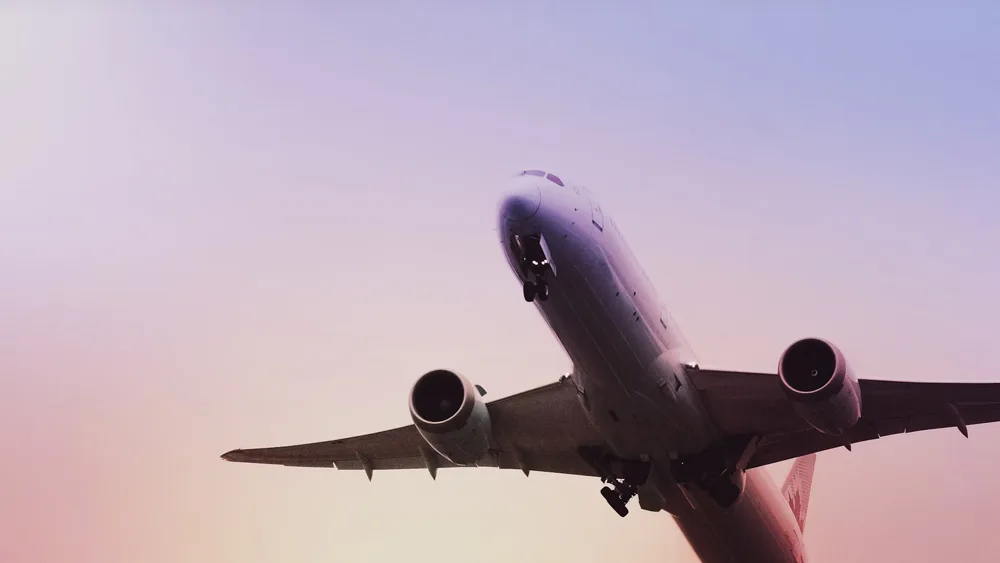Even experienced flyers may need to be made aware of these things. Numerous people travel via airplanes daily to reach their destinations as soon as possible. However, even people who frequently travel via Delhi to Guwahati flight must know interesting facts about airplanes. Here are a few interesting facts about airplanes and flying that may surprise frequent fliers.
1. Loss of Taste Buds
There is a real reason why aircraft food might often taste bland. When an airplane flies at high altitudes, the air gets extremely dry, and the pressure decreases. This reduces passengers’ sense of smell, which has a direct impact on how they perceive flavor.
2. Pilots and Co-pilots Often Have Separate Meals
Although no official requirement exists, pilots and co-pilots typically eat separate meals prepared differently. This is to avoid the possibility of food poisoning or other illnesses that could impair the pilot’s or copilot’s ability to fly the plane safely.
3. Planes Can Fly With Only One Engine
Most airplanes are intended to fly with a single engine. However, this usually refers to mid-flight and landing, as achieving full thrust during takeoff with only one operational engine would be difficult.
4. Planes May Land Without Running Engines
The majority of the planes can operate with only one engine, but they can also use their structure as a glider if all engines fail. If multiple engines fail while flying at altitude, the aeroplane will have 20-30 minutes to descend.
5. Lightning Can Strike Aeroplanes
Lightning frequently strikes airplanes. Lightning strikes an airplane approximately once per 3,000 flight hours. However, no plane has crashed due to lightning since 1967. This is because modern airplanes can allow the electrical charge of lightning to pass directly through the aircraft and out the other side. This cautious engineering usually prevents any damage to the plane.
6. The Cabin is Dimmed Upon Arrival For Emergency Measures
Many individuals feel that dimming the cabin improves the mood before landing. When it gets dark outside, flight attendants dim the cabin lights to let passengers’ eyes adjust to the darkness. Then, in an emergency, the passengers can see better in the dark.
7. Ashtrays are Still Found in Aeroplane Lavatories
Most travelers use airplane bathrooms without realizing that an ashtray is still fitted. This is noteworthy because the FAA has prohibited smoking on airplanes since 2000. Manufacturers include ashtrays so that if someone smokes in a bathroom, the passenger will have somewhere to drop the cigarette that will not significantly harm the aircraft or cabin.
8. Oxygen Tanks Masks are Only Supposed to Last Fifteen Minutes
This may be a brief overview, but it is important to note that oxygen is only required at high altitudes. Ten to fifteen minutes is plenty of time for the pilot to maneuver the aircraft below 10,000 feet when the atmosphere is dense with oxygen and masks are no longer required.
9. Aeroplane Contrails are Composed of Water
People on the ground will observe that the long contrails in the sky are caused by airplanes. This debris primarily comprises water vapor that swiftly condenses around airplane engine exhausts.
Conclusion
While it is not necessary to know every detail about airplanes, it is wonderful if you know these small details, as this might come in handy when facing emergencies during your flight journey. So, with all the interesting information, book your flights with Cleartrip and have an exciting and hassle-free journey.






